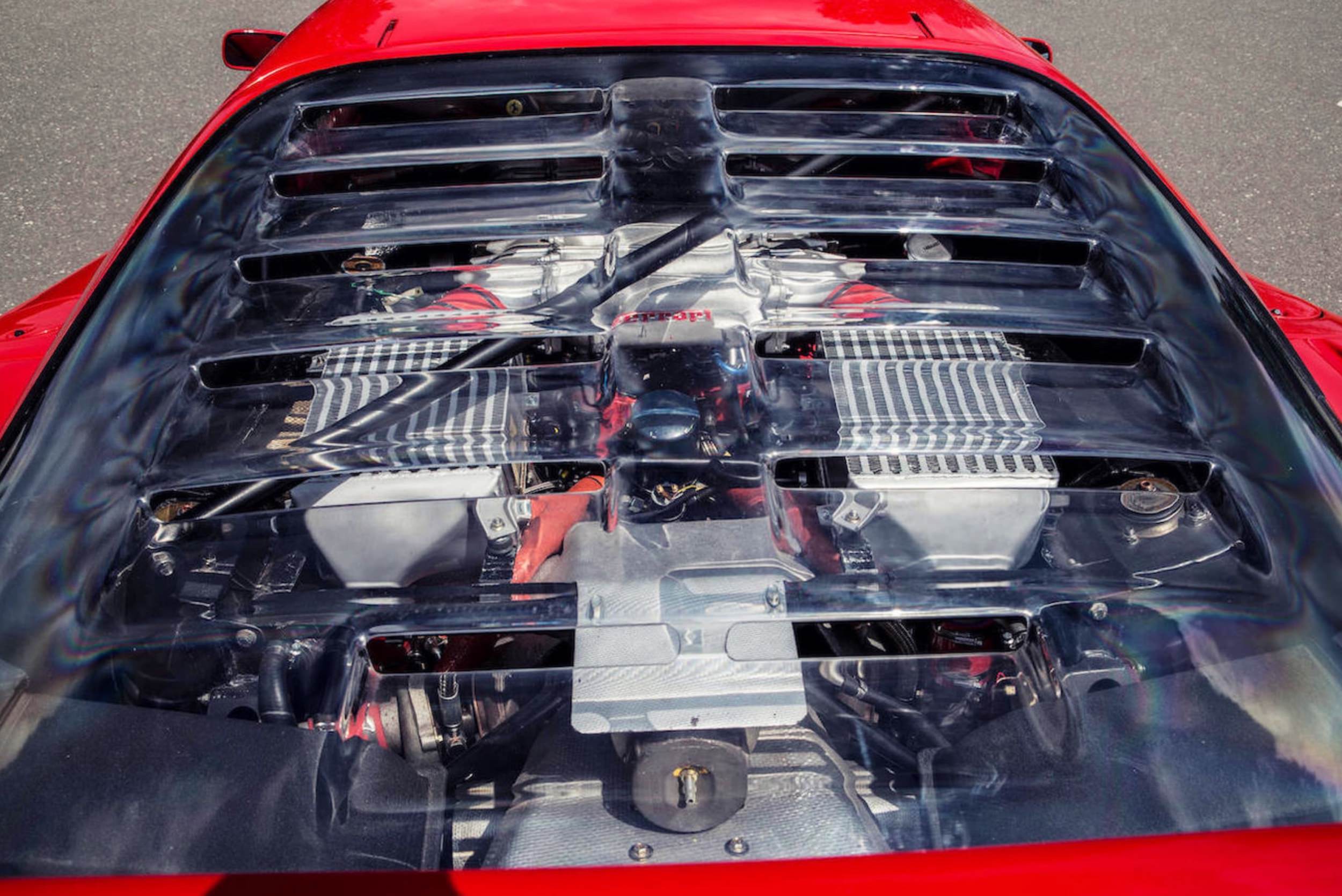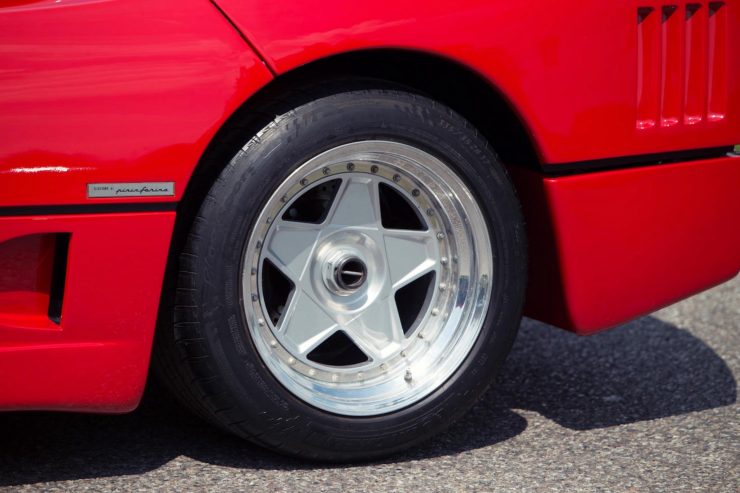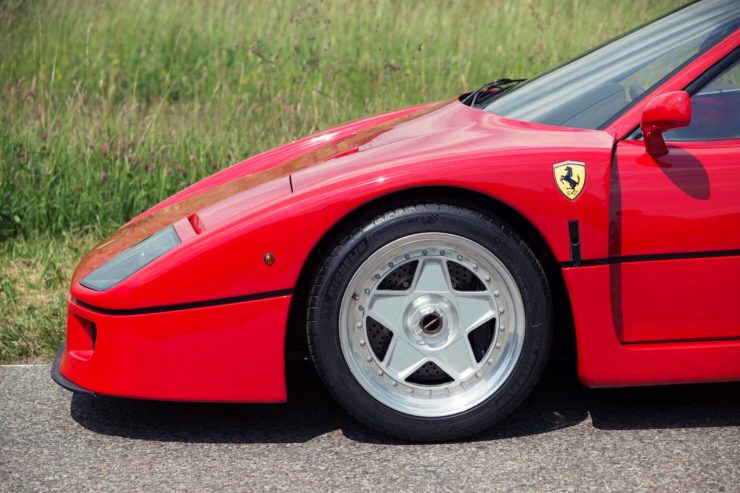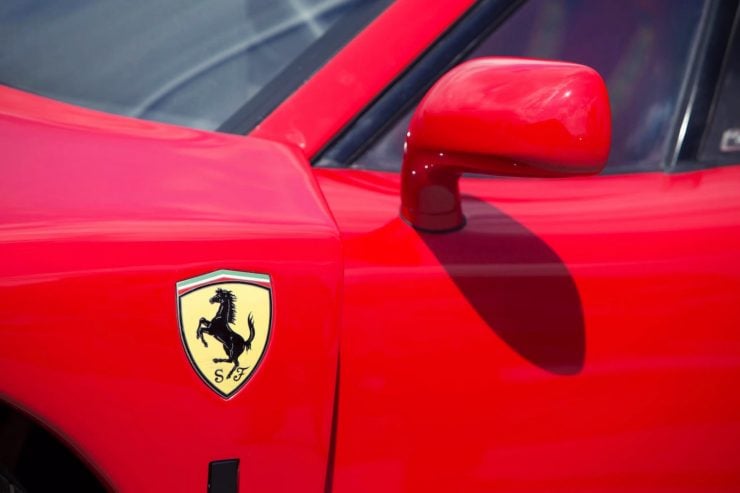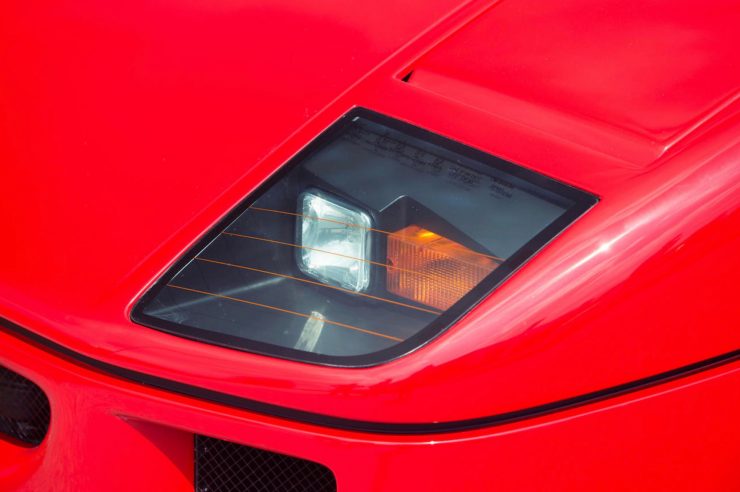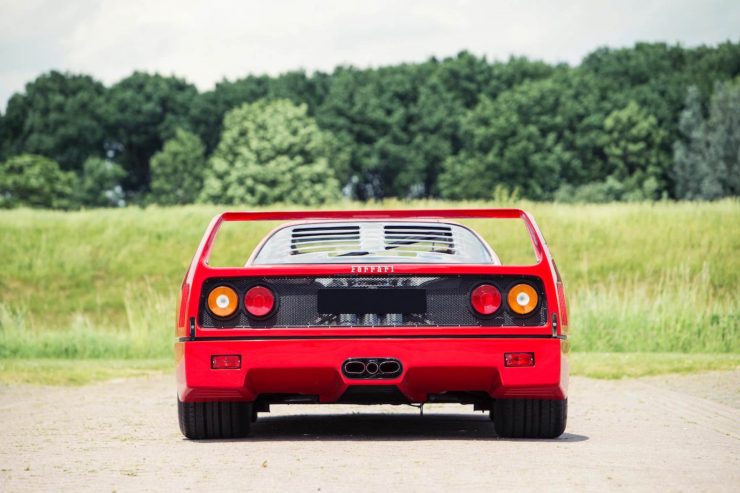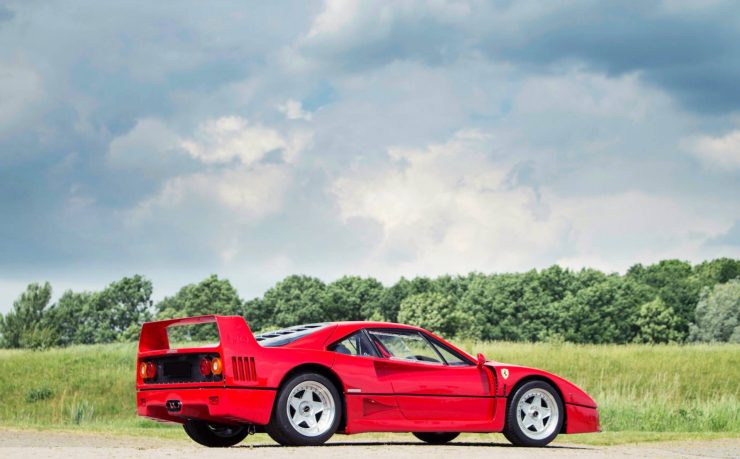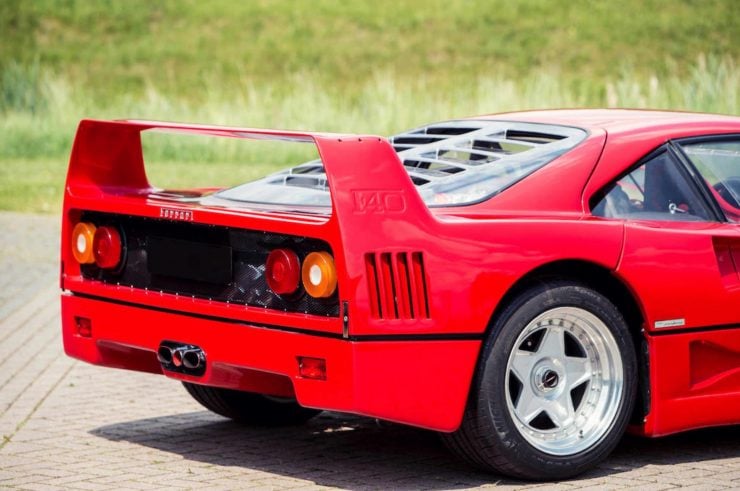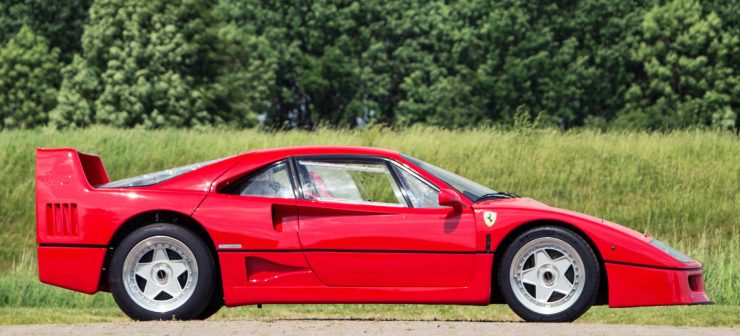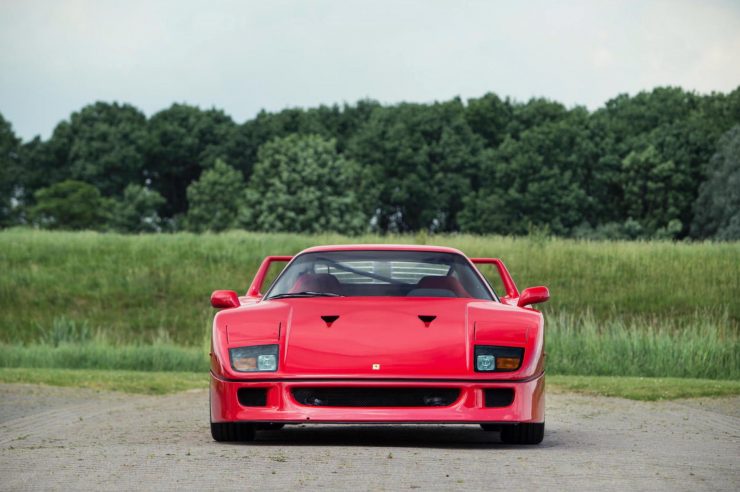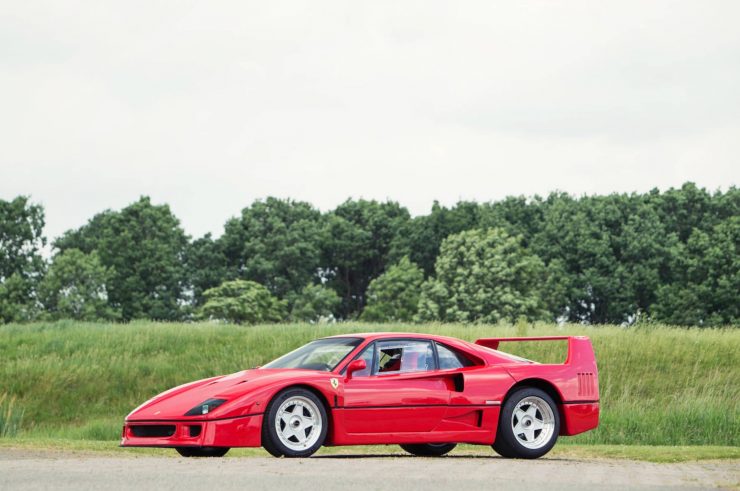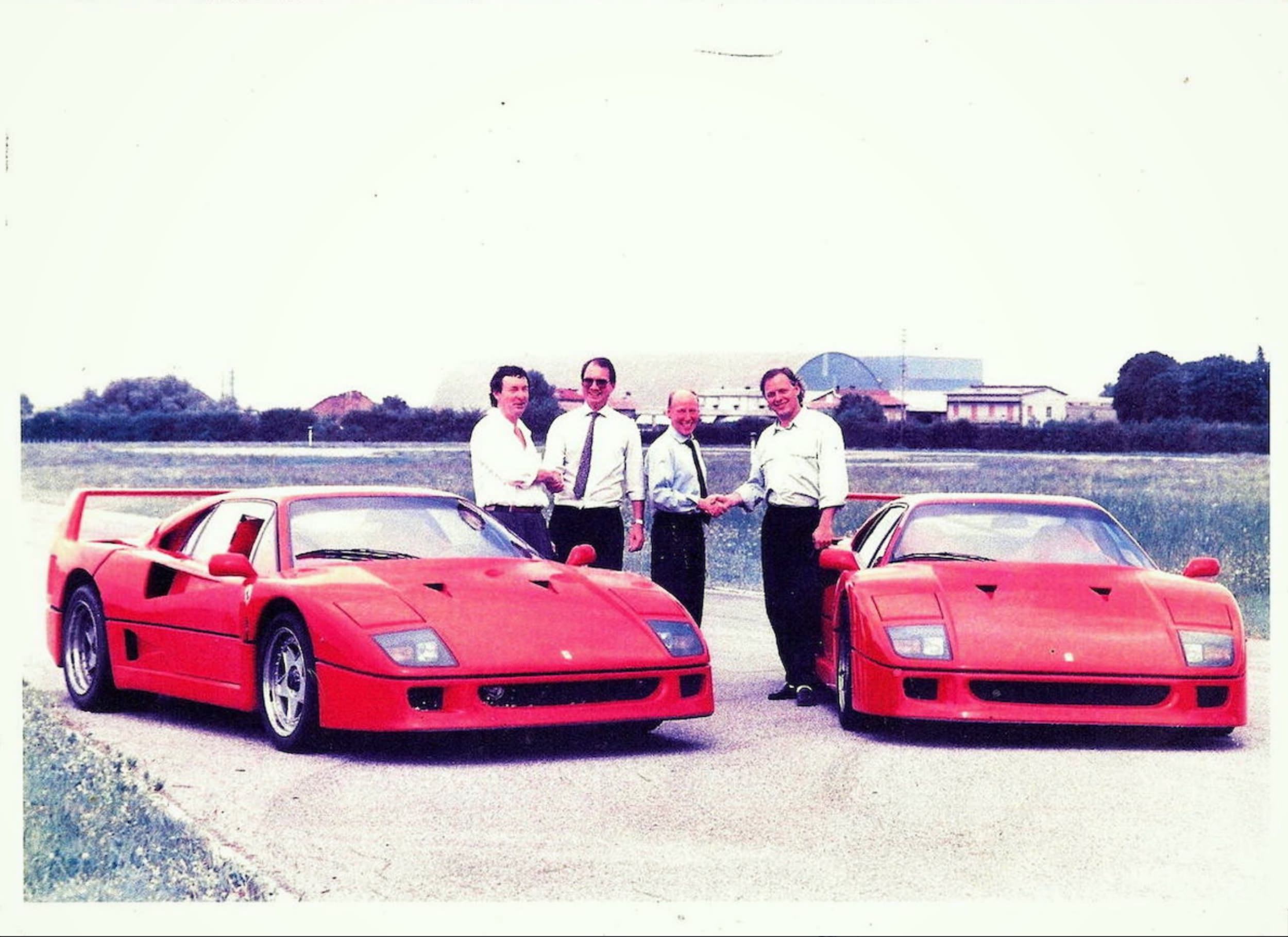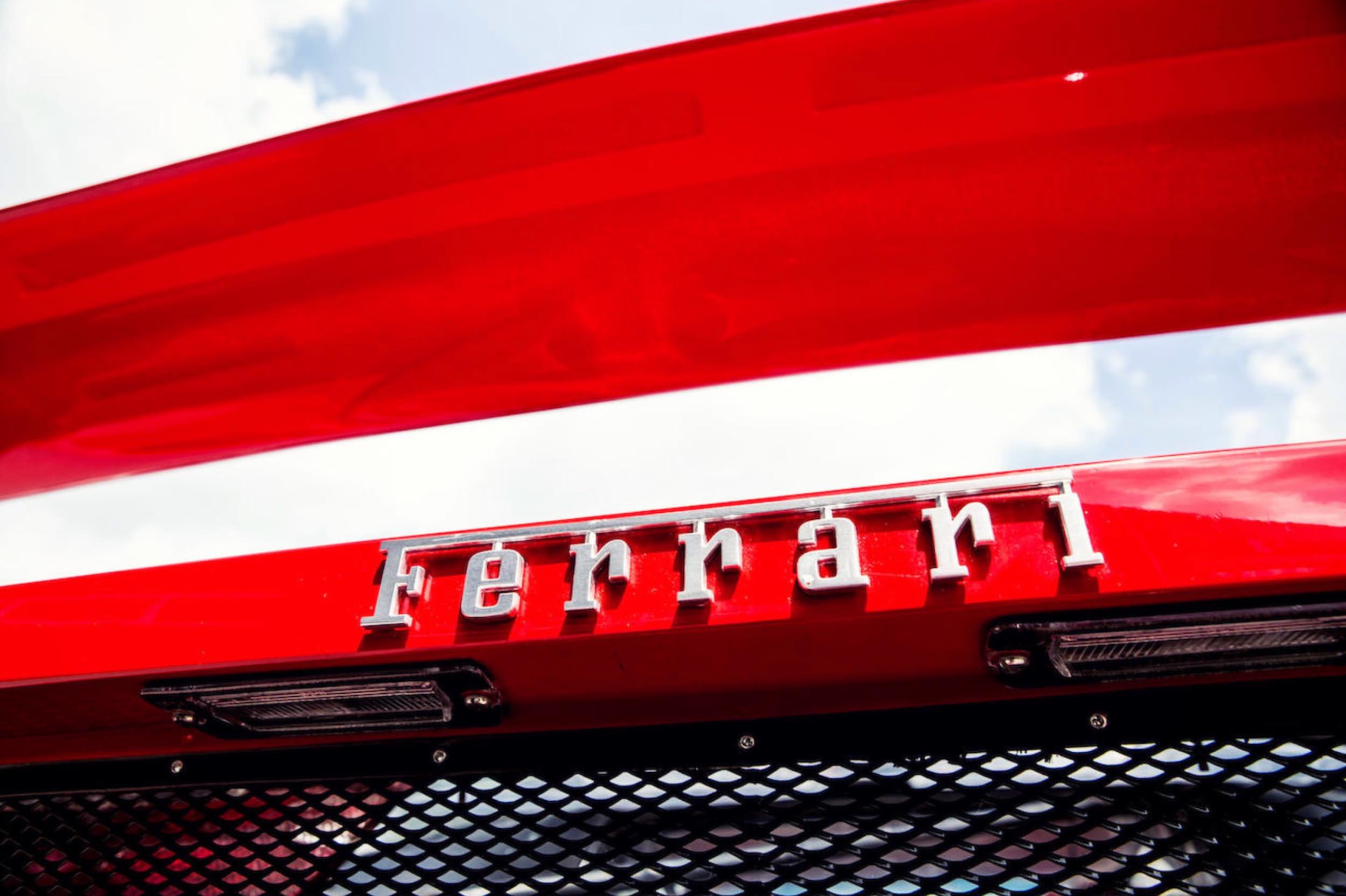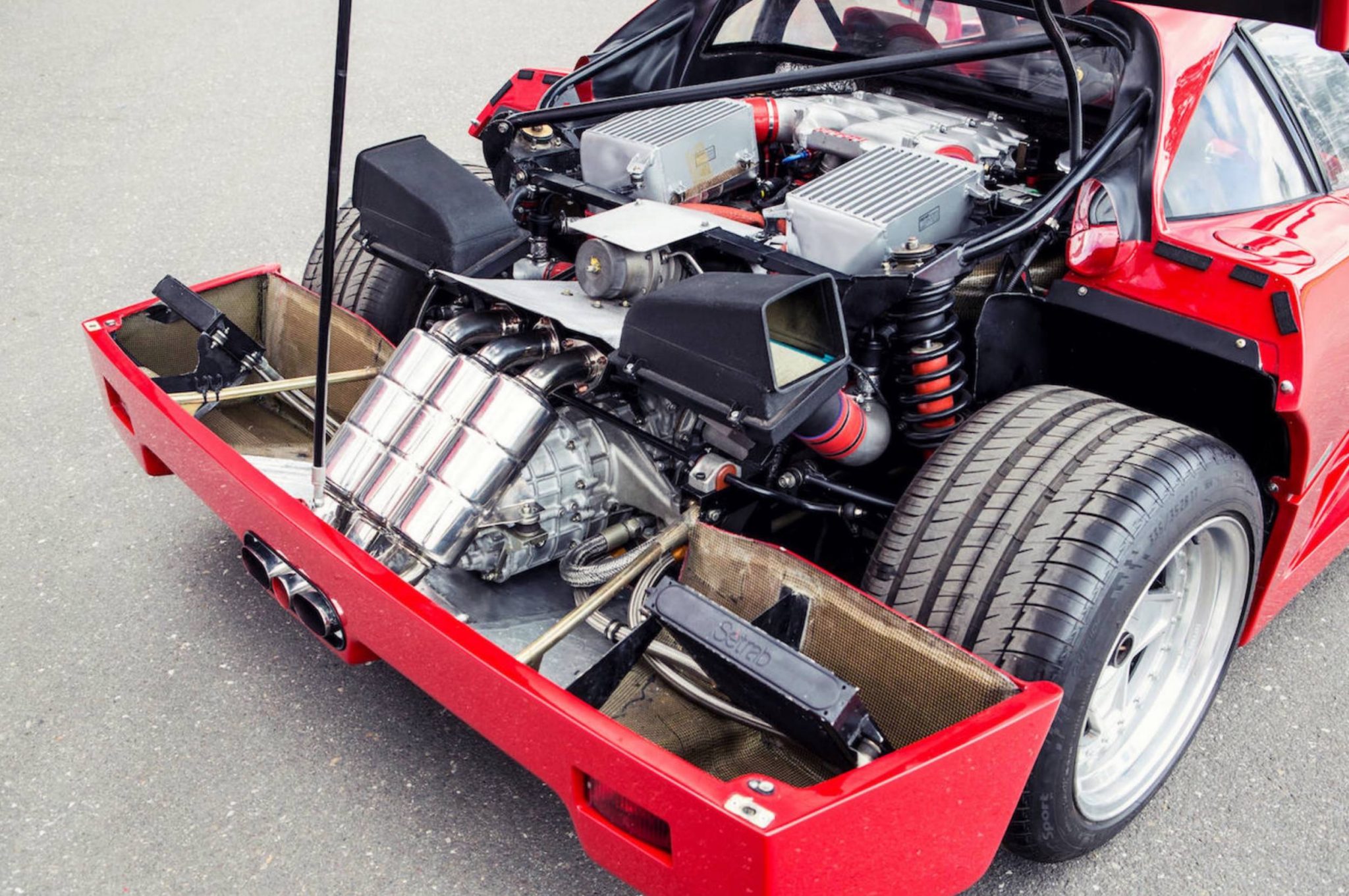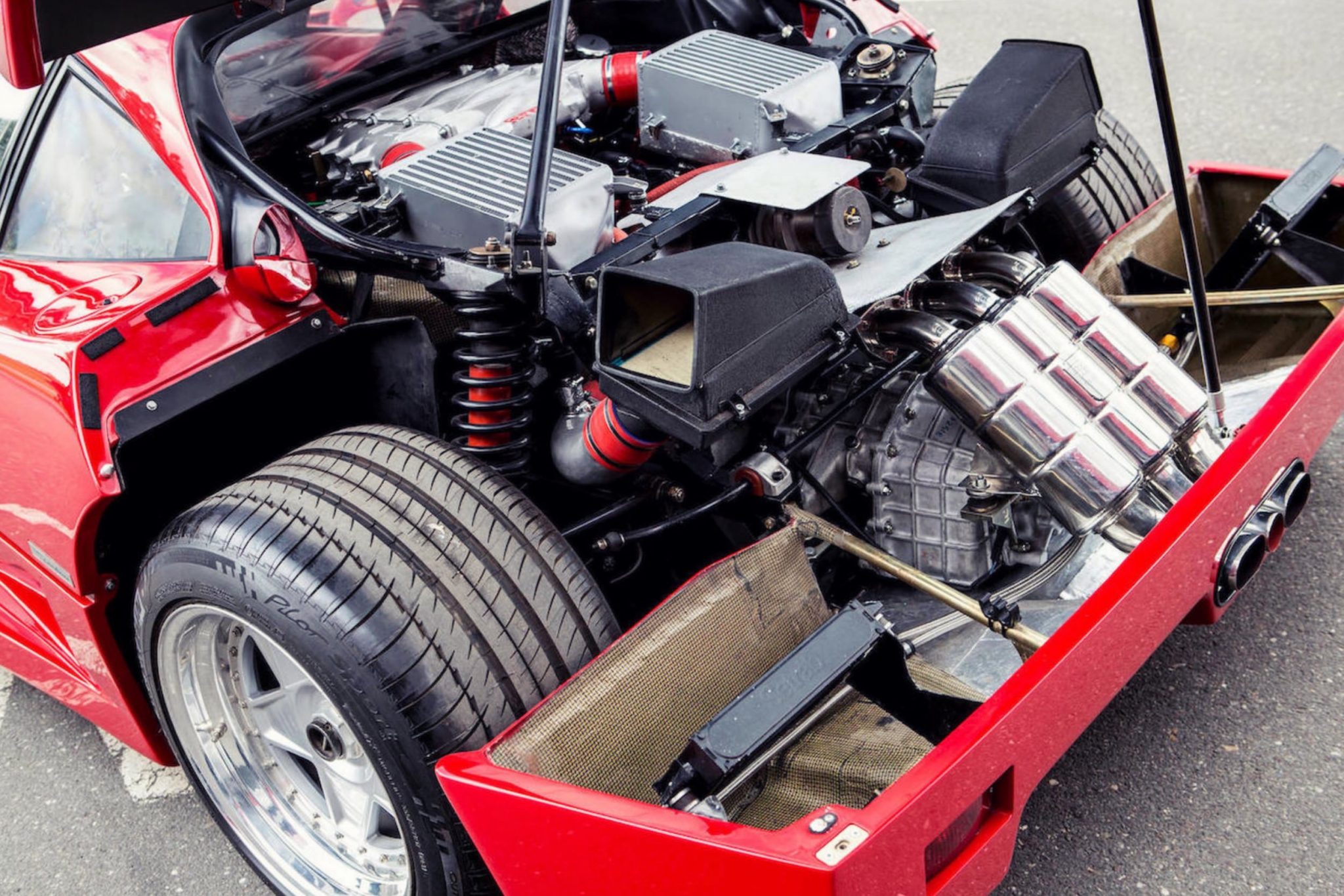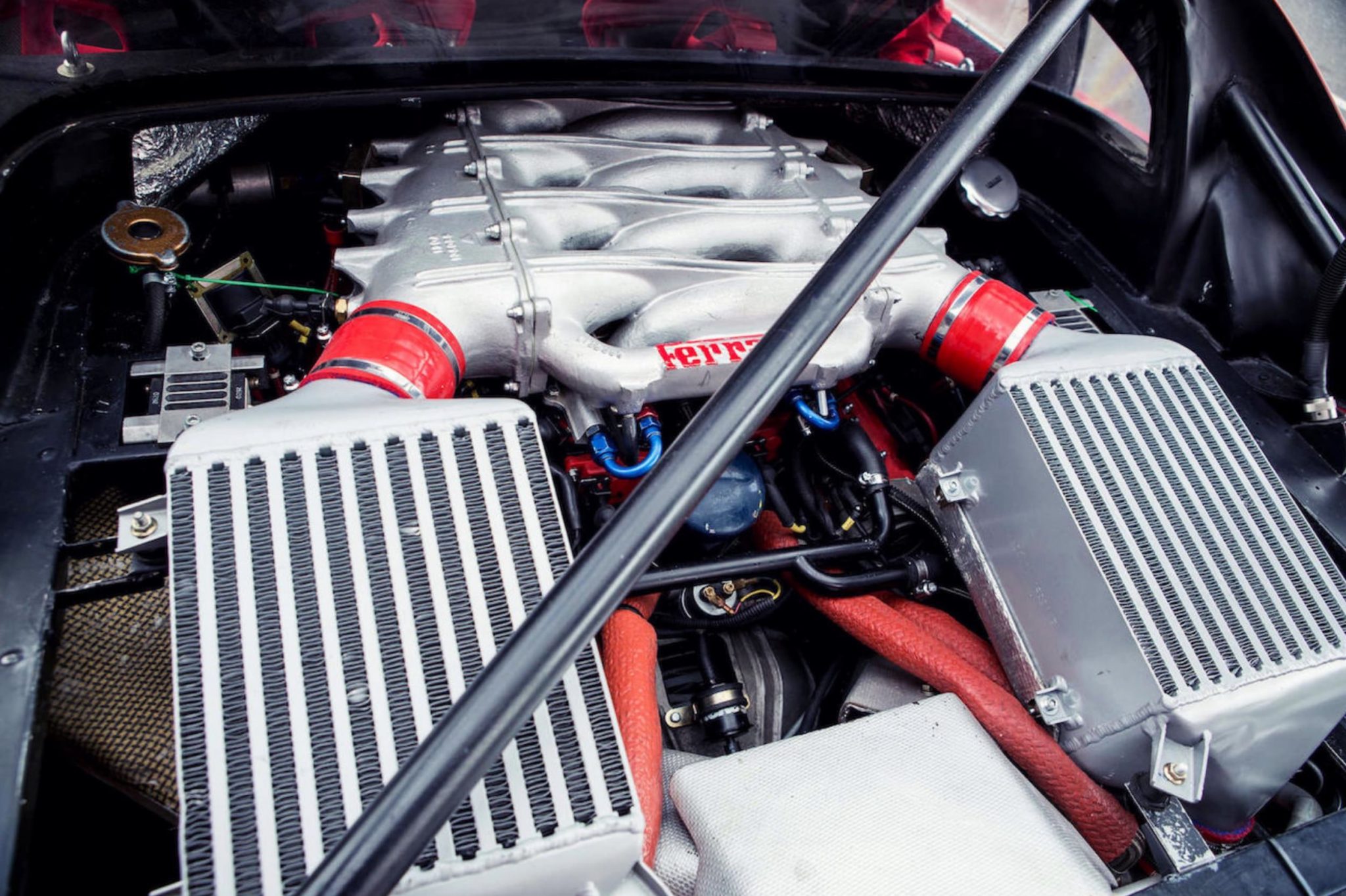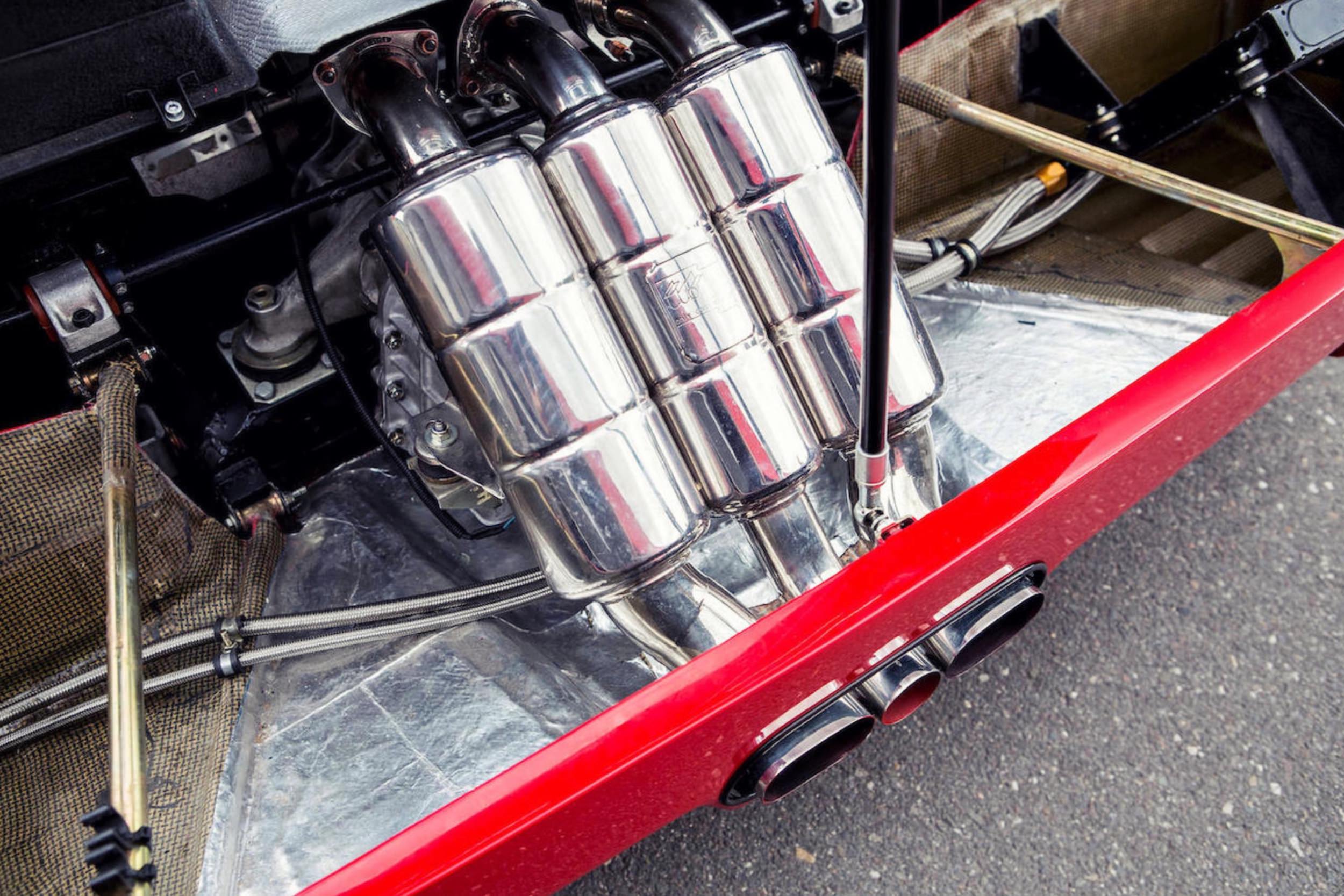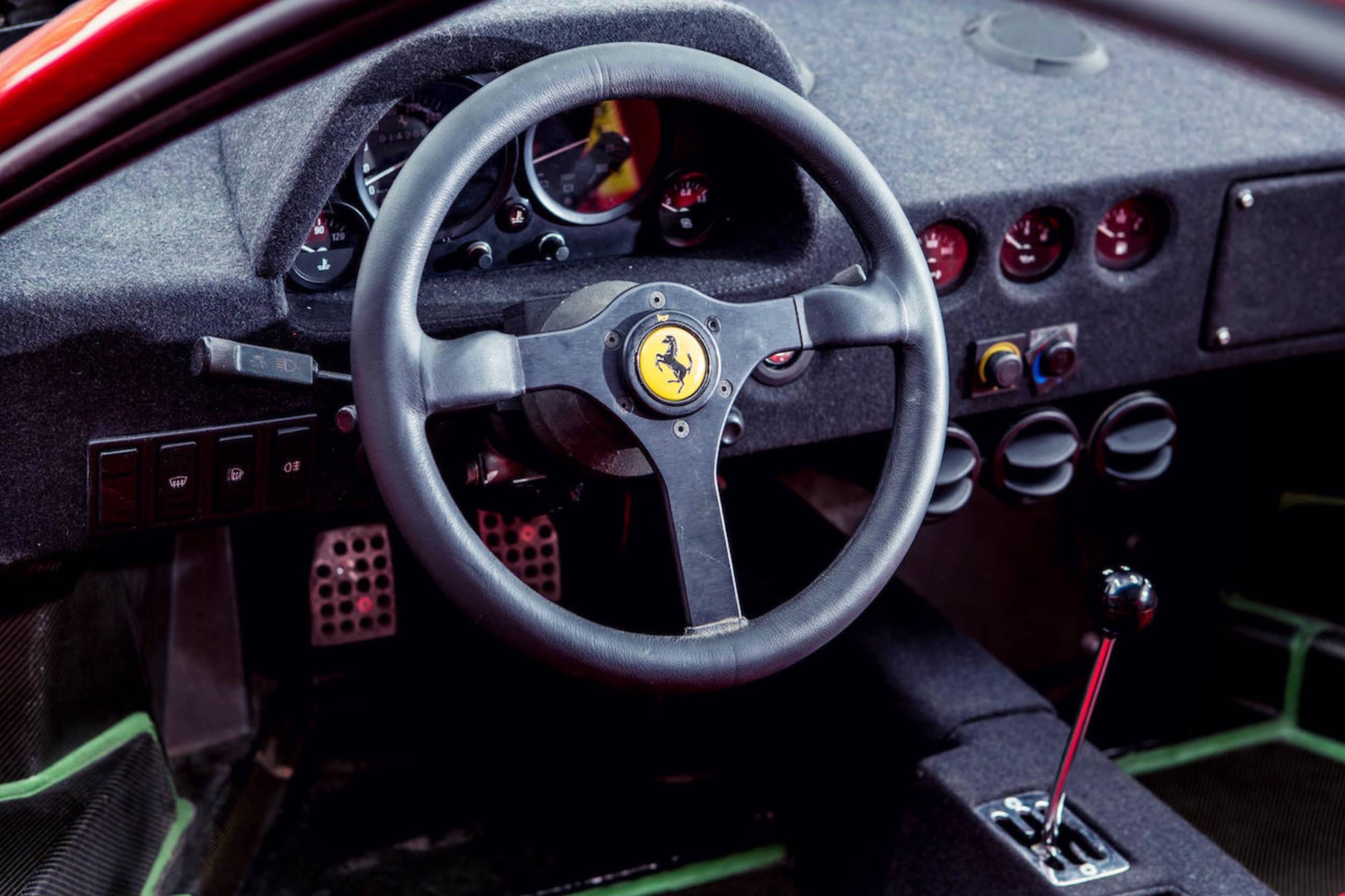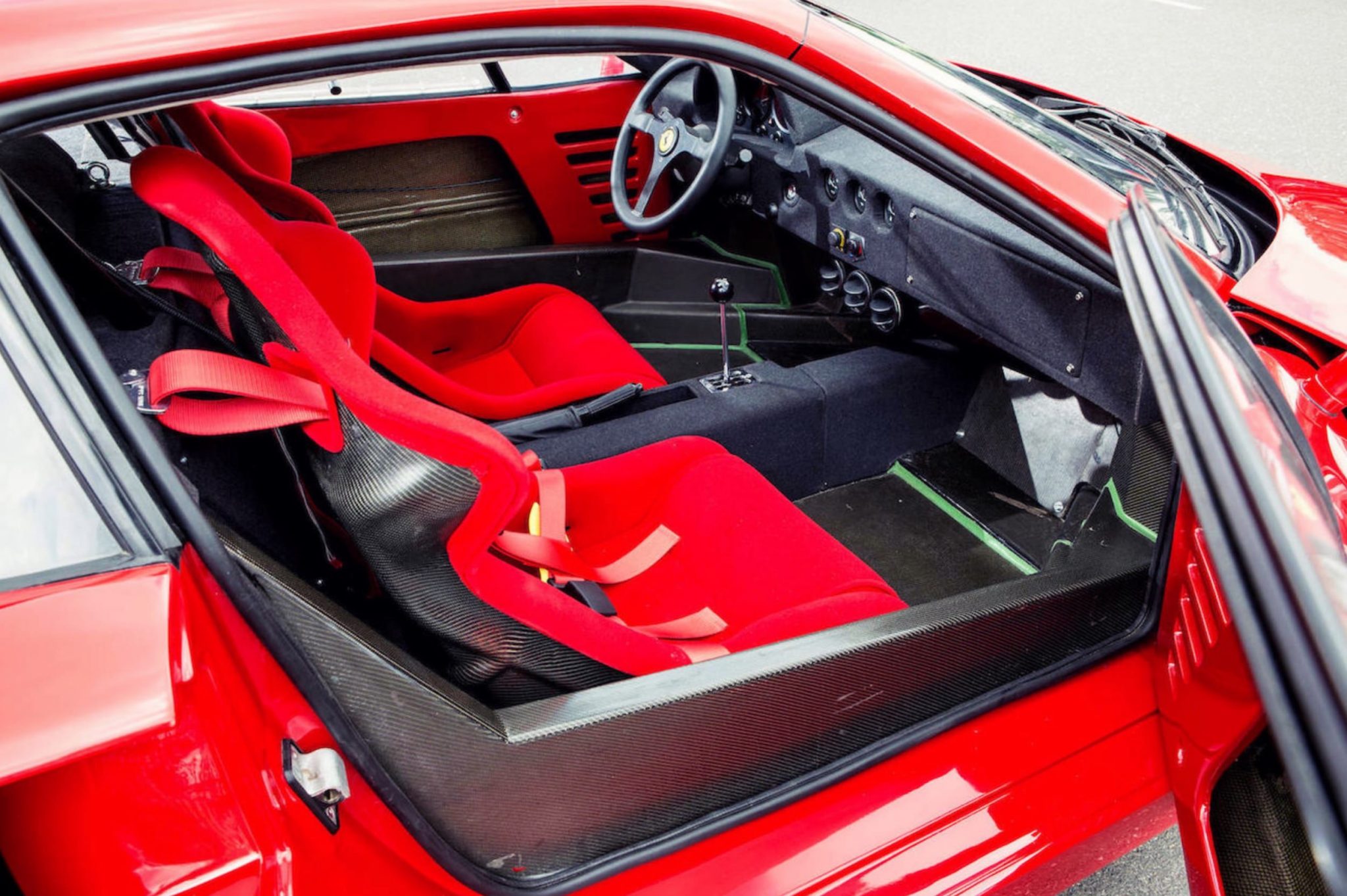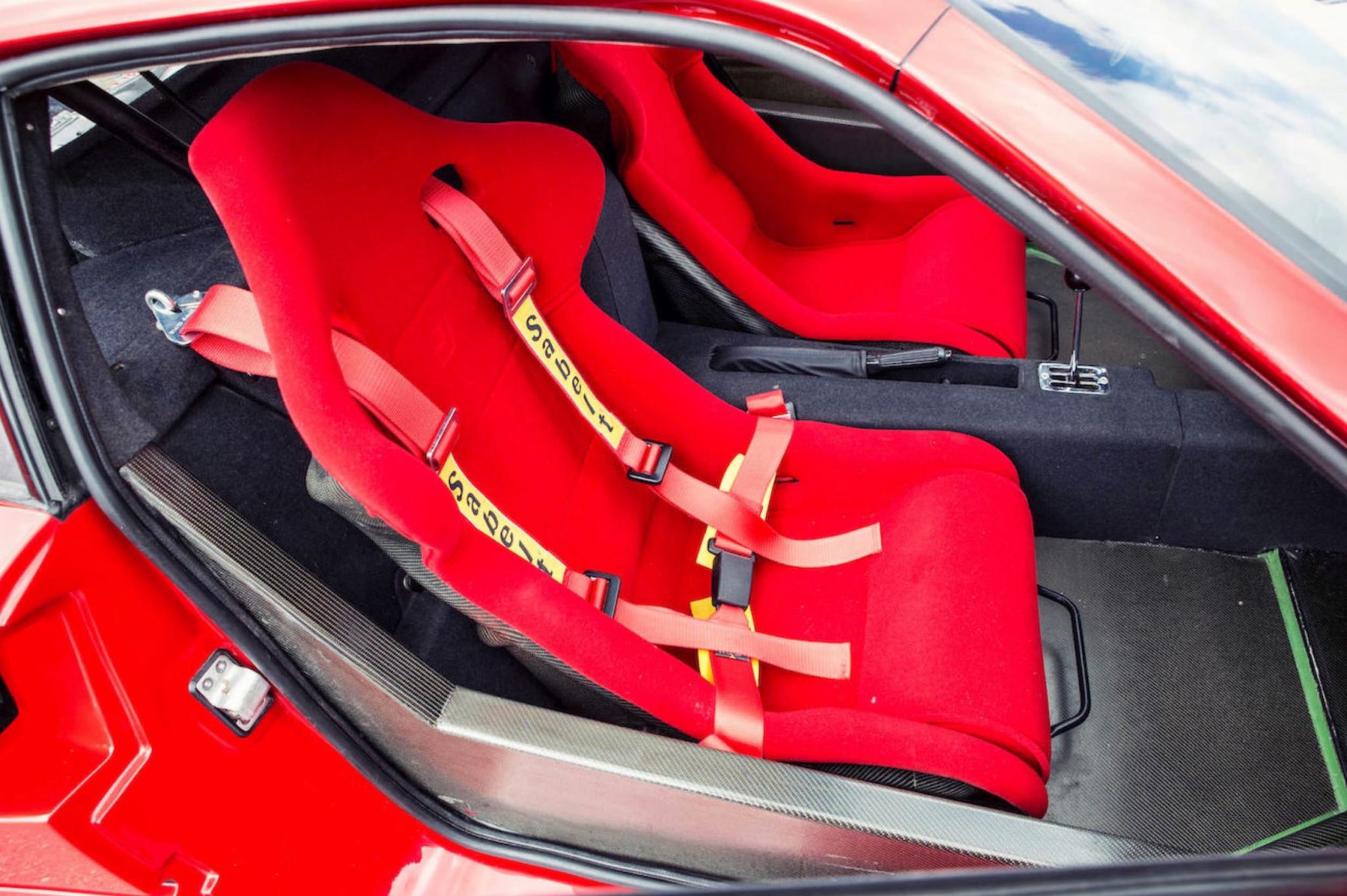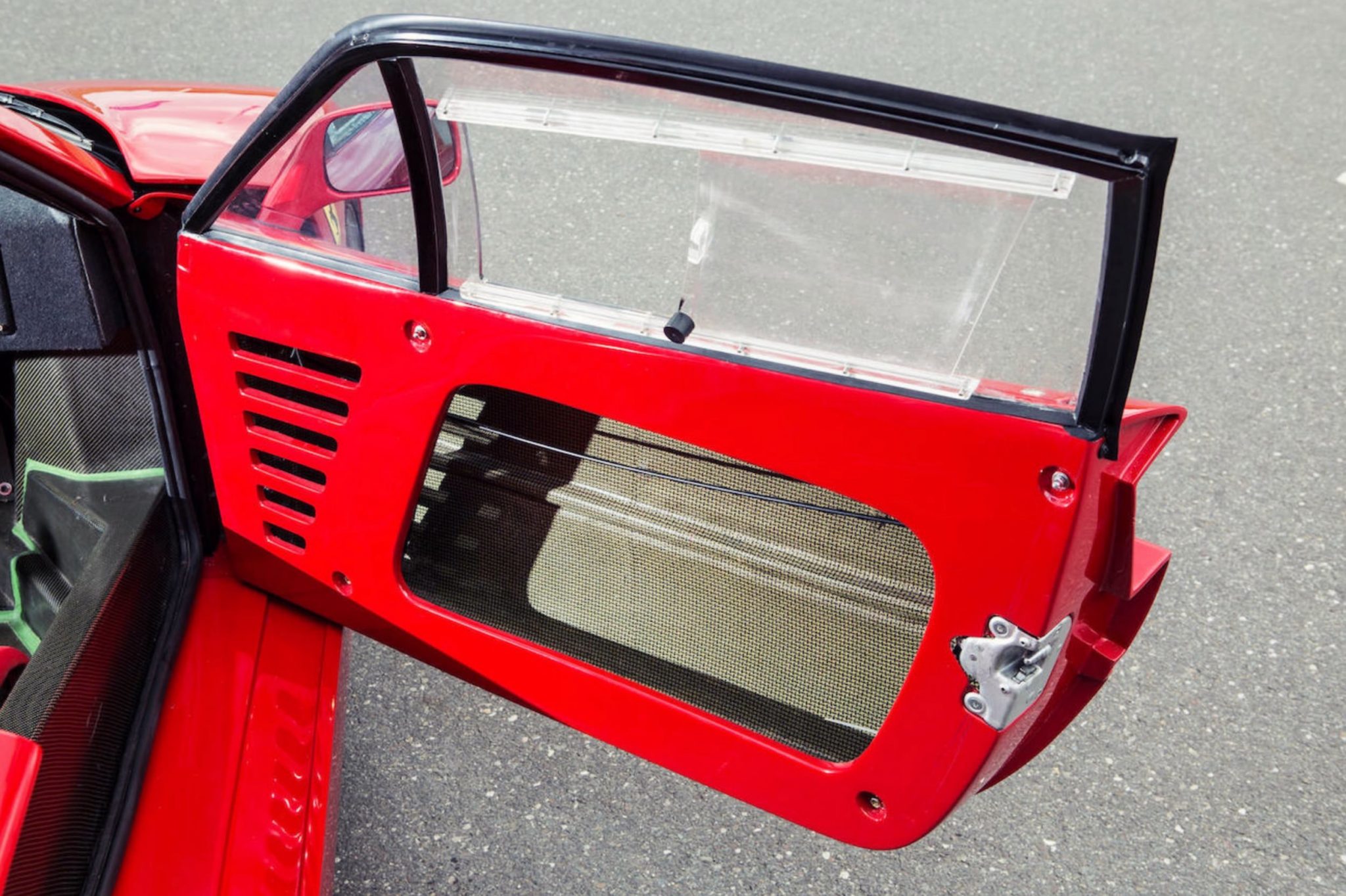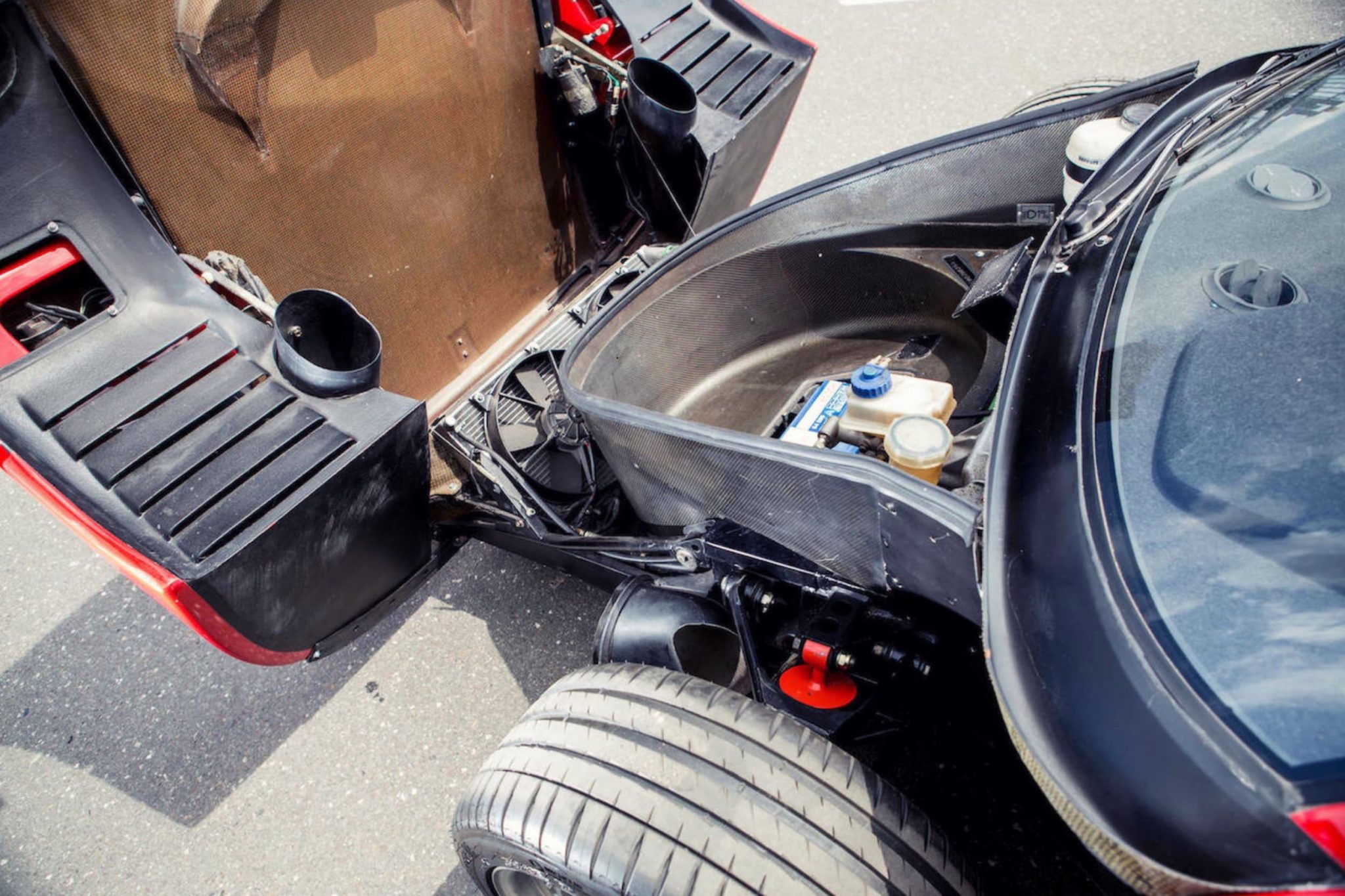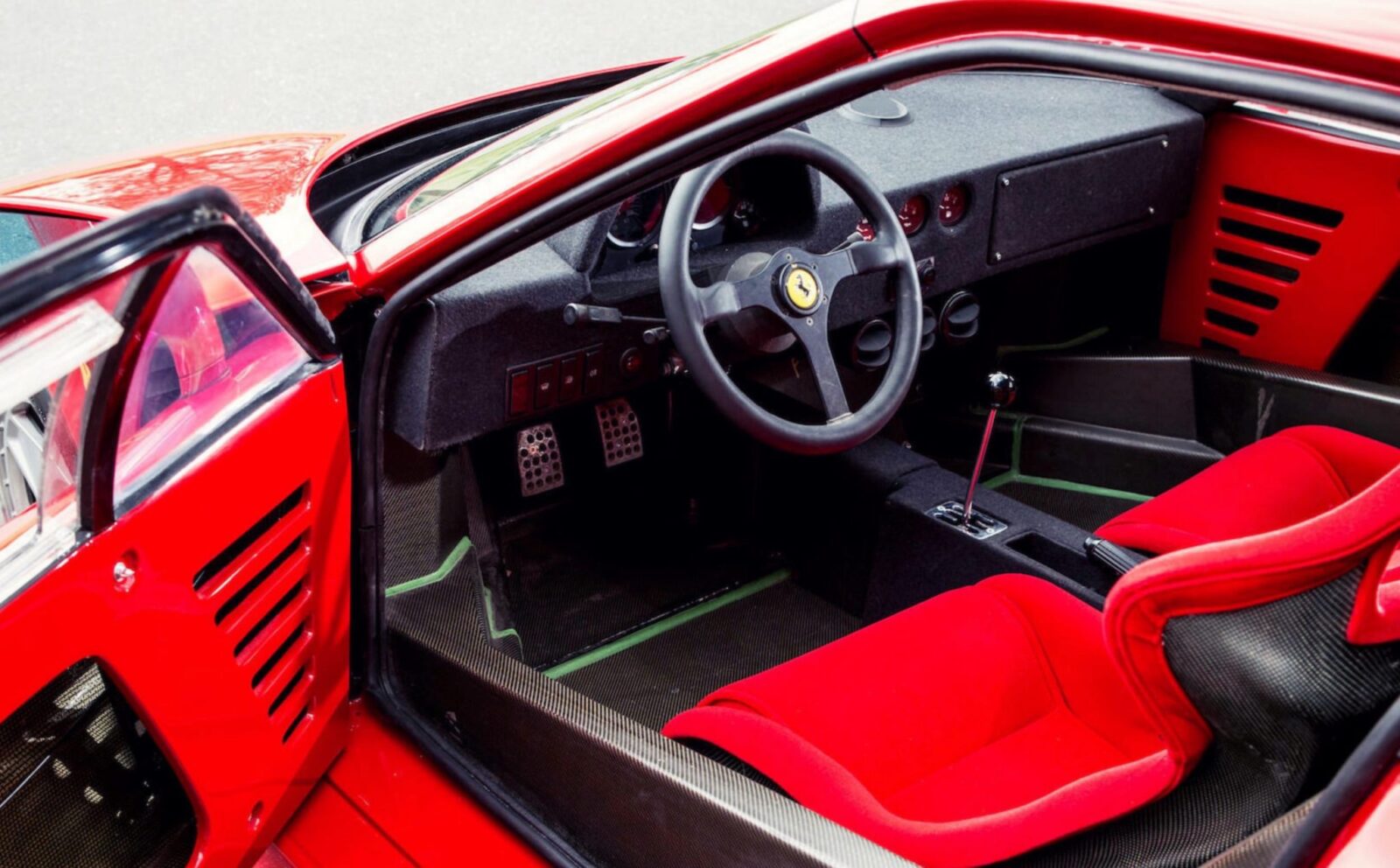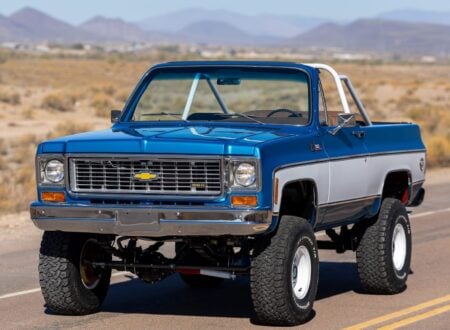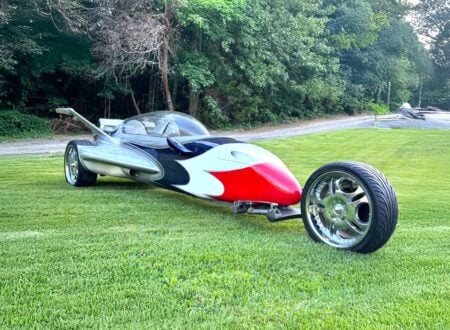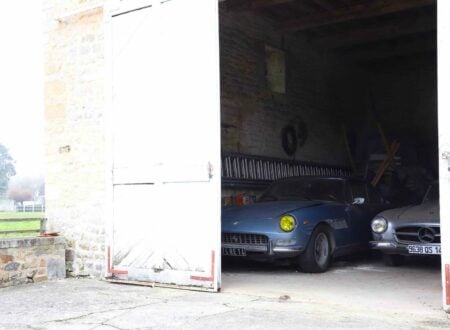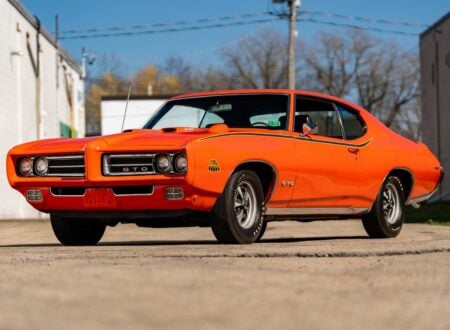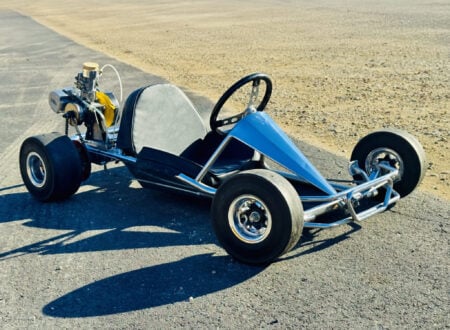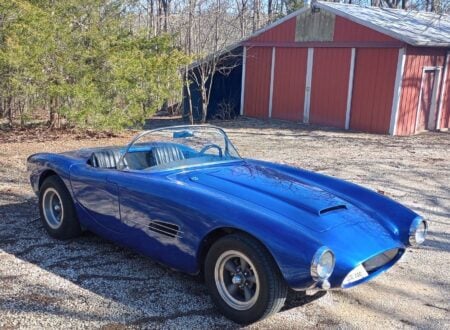In July 1988 Pink Floyd guitarist David Gilmour and drummer Nick Mason arrived at Ferrari’s Fiorano test track to take possession of their matching Ferrari F40s.
They were in Modena as part of Pink Floyd’s “Momentary Lapse of Reason” tour, although there’s no word on whether the tour name had anything to do with the four-wheeled purchases of the two men.
After getting the hang of driving the iconic ’80s supercars around the test track, Gilmour and Mason drove them cross-country back to England on Italian export plates. The two had previously agreed with Ferrari and Pininfarina to display the cars at the International Motor Show in Birmingham in October 1988, Mason’s car was on the Ferrari stand and Gilmour’s was shown on the Pininfarina stand.
A QUICK HISTORY OF THE FERRARI F40
Development work on the Ferrari 288 GTO had resulted in the 288 GTO Evoluzione, a car that offered a very clear visual and technical link to the F40. The original intention had been to race against the Porsche 959 in Group B, however the FIA shut down all Group B competition in 1986 – leaving Ferrari with a racing car that had no series to compete in.
It was decided to create an iterative development of the 288 GTO Evoluzione and make it road legal – but keep it as true to its origins as possible. The staggering success of the original Ferrari 288 GTO with both collectors and speculators had shown Ferrari that there would be a market for an extreme car with a price tag approaching $1,000,000 USD.
The 40th anniversary of the marque was also approaching, and due to advancing age Enzo likely knew that he didn’t have many years left to live.
These factors all contributed to the development of the F40. The “F” stands for Ferrari, and the “40” stands for the 40 years of operation.
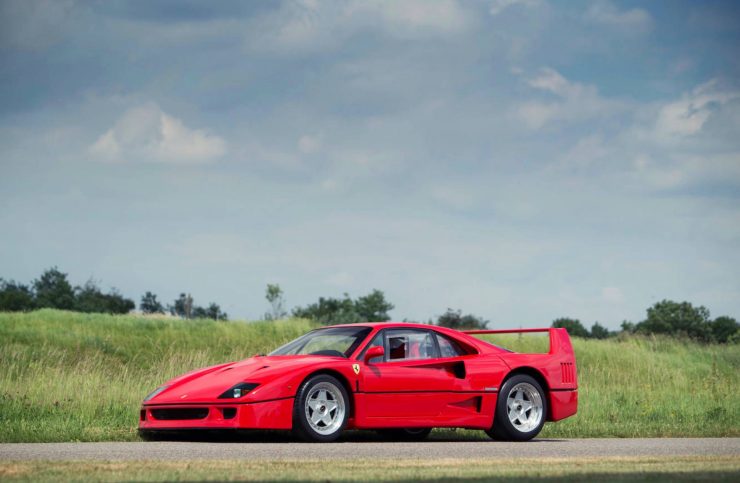
Rather than follow the likes of Porsche with the route taken with the space-age 959, Ferrari decided to go the other way, and create a car that was a pure driving experience with no electronic aids and very few creature comforts.
The chassis was a steel space frame, suspension was unequal-length wishbones with coil springs over telescopic shock absorbers both front and rear, and there was no ABS, no power steering, no power brakes, and nothing other than metal, hydraulic fluid, and rubber between the driver and the asphalt.
The mid-mounted V8 has a capacity of 2936cc, a 7.7:1 compression ratio, twin overhead camshafts per bank, four valves per cylinder, Weber-Marelli electronic fuel injection, twin IHI water-cooled turbochargers and a pair of Behr intercoolers. Power was listed as 478 bhp at 7000rpm, and the top speed was 197 mph – although some took it to 199 mph, and some claimed figures just over the magic 200 mark.
An in-period review by Car and Driver helpfully noted that insurance premiums were $15,000 (every 6 months), it cost $12,000 a month to finance over 5 years, and perhaps most importantly it could manage 122 mph in the quarter-mile.
Perhaps the one place where Ferrari allowed a hat tip to modernity was in the construction of the body. It was made of Kevlar, carbon fiber, and aluminum alloy to keep weight as low as possible (1,369 kgs (3,018 lbs)), and the shape was crafted through an extensive aerodynamic testing regimen.
When you bought one new the F40 came with no spare tire or jack, no stereo or glove box, there was also no trunk or cigarette lighter. Perhaps surprisingly it could be ordered with air conditioning, though this may have been a matter of necessity as the heat generated by the engine was significant – particularly in warmer climates.
Over the course of the 1987 to 1992 production run Ferrari built 1,311 F40s, those that have survived to the modern day are highly sought after, and no Ferrari collection is every truly complete without at least one.
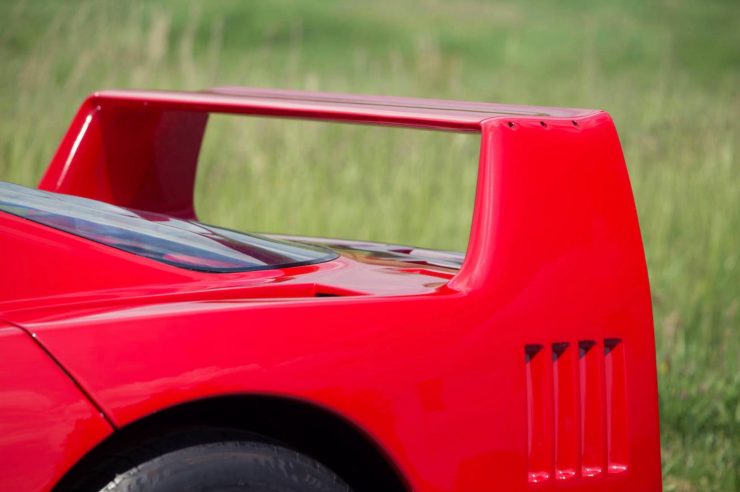
Ex-David Gilmour of Pink Floyd Ferrari F40 Shown Here
The F40 you see here is chassis number “78036”, it’s the car that was bought by Gilmour in ’88 with his bandmate before the two men drove them back across Europe to the UK. The car was well-cared and remained in good condition until an engine bay fire in the late 2000s almost destroyed the car.
So extensive was the damage that a 15,000 man-hour restoration was required costing over €350,000 by the time the key could turn in the ignition once again. The car is now being offered in comprehensively restored condition with a completely rebuilt engine and gearbox, and a wiring loom made to original specification, and an upgraded engine management system.
If you happen to be in the market for a Ferrari F40 with solid gold rockstar heritage this car will be rolling across the auction block with Bonhams at the Goodwood Festival of Speed Sale on the 30th of June. There’s no estimated value but with the current blackmarket price for a kidney being approximately $50,000 USD, you’ll need to sell between 20 and 25 of them to be in with a solid bid.
If you’d like to read more about it or register to bid you can click here to visit the listing.
